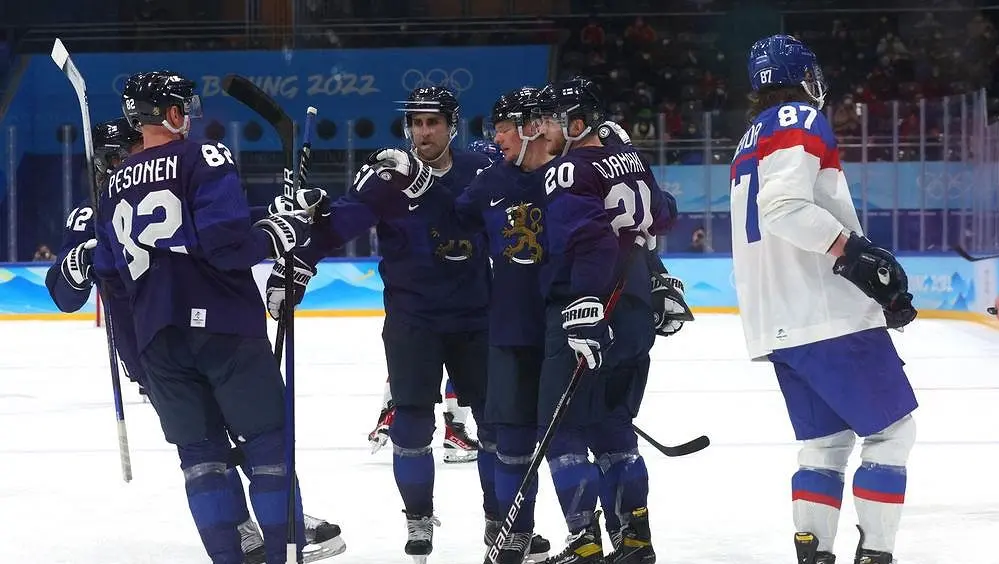While Europe is somewhat cautious, there is little doubt in Ukraine: Russia is influencing the European gas crisis. That is what Svetlana Zalisjoek, executive adviser to state energy company Naftogaz, and Sergei Makogon, director of the Ukrainian gas pipelines, say to news hour.
They call the European Union’s attitude “too naive” and insufficiently alert to how Russia uses gas as a means of power. After all, in the coming years, Europe will still rely on Russian gas. “Gazprom has always been willing to supply you with sufficient gas in the past, until the year when the new Nord Stream 2 pipeline was to be launched, and problems arose,” says Zalisjoek.
–
–
European gas storage facilities are emptier than usual this winter. And because there is a lot of demand for gas worldwide, Europe has been struggling with sky-high gas prices for months. The Russian state gas company Gazprom fulfills all its long-term gas contracts, but supplies hardly any extra gas to the so-called ‘spot market’ where short-term contracts are traded.
According to Russian President Putin, the commissioning of the brand-new Nord Stream 2 transport pipeline will largely solve those problems. Due to the construction of this leadwhich runs from Russia through the Baltic Sea directly to Germany, gas prices would fall again, he tells the European Union.
But the pipes that were already there, including those through Ukraine, are still far from their maximum capacity. In fact, for several months now, much less gas has been flowing through it than in previous years. Zalishuk believes this shows that Gazprom is not acting for business reasons, but to exclude Ukraine.
The graphs below show the amount of gas flowing per week through the four pipelines from Russia to Europe in 2021 and 2022. The dotted lines indicate the minimum and maximum amount of gas that flowed through the pipes in the period 2015 to 2020: (SOURCE: Bruegel/Entsog)
–




